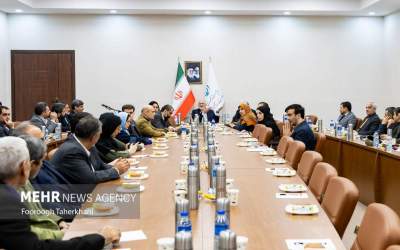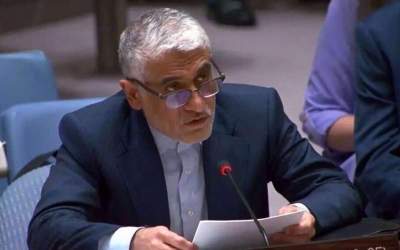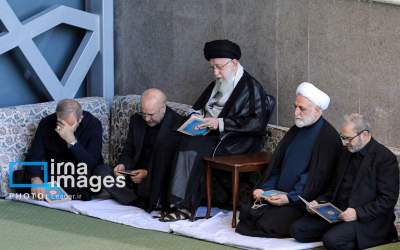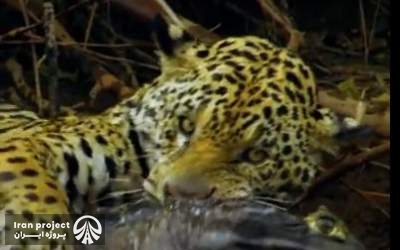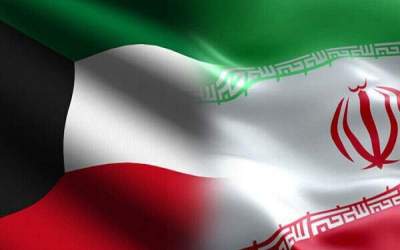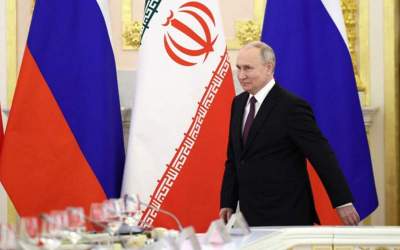Saturday 8 September 2018 - 18:08
Story Code : 297118
Iran agriculture weathers drought to keep humming
Horticultural products such as fruits, vegetables and nuts constituted more than 48% of the exports worth more than $2.2 billion, deputy agriculture minister Abdolmahdi Bakhshandeh was quoted as saying.
Iran�s grain and feed exports during the period totaled $1.1 billion, which accounted for 24.7% of the whole.
The country also exported $754 million worth of livestock, poultry and dairy as well as fish, Mehr news agency quoted him as saying.
Iran�s prized pistachio nuts were the top foreign exchange earner among the agricultural exports at $972 million.
The country is the world�s biggest pistachio exporter, a position it has maintained thanks to the premium quality of its crop in the face of stiff rivalry from the US.
According to head of the Iran-China Chamber of Commerce Asadollah Asgaroladi, 250,000 tonnes of pistachio nuts are produced a year, of which 150,000-160,000 tonnes are exported.
Dairy exports reached $517 million during the period, thanks to a new customer which they have found in Russia. The country also exported $268�million of tomatoes and $213 million of potatoes, mainly to the Persian Gulf littoral states.
Iran further earned $255 million through exports of saffron � the world�s most expensive spice. The UAE and Spain reportedly import�what is globally known as �red gold� from Iran and rebrand�it for exports at much higher prices.
Iran produces over 90% of the world�s saffron, with the northeastern Khorasan province being the capital of the spice. However, the country�s share of the $8.2 billion business is negligible.
According Bakhshandeh, $191 million worth�of dates, $142 million of apples and $138 million of grapes were also exported during the period.
However, one new staple on the export list was wheat which brought the country $84 million in hard currency earnings.
For more than a decade, Iran was a major importer of the strategic staple but the country has become self-sufficient in wheat in recent years thanks to state purchases of the crop from local farmers.
Agriculture accounts for 13% of Iran�s GDP and over 20% of its employment. The country is the world�s 20th country by agricultural output, according to the International Monetary Fund (IMF).
The sector, however, has its own detractors who say the industry is using up 92% of the country�s water and draining its water tables amid inefficient agriculture and food production practices.
They are pushing for farming overseas in countries such as Kazakhstan, Ukraine, Brazil and Ghana through long-term leasing or ownership of farmlands with higher agribusiness potentials.
# Tags
